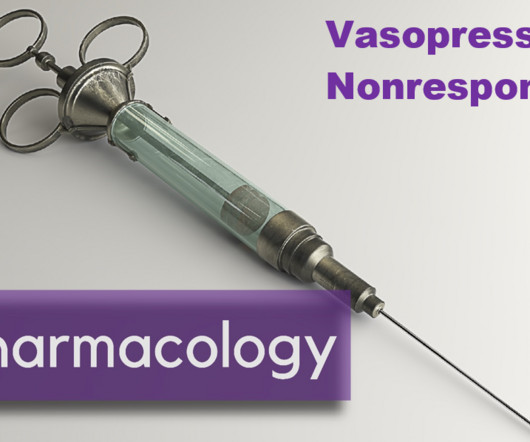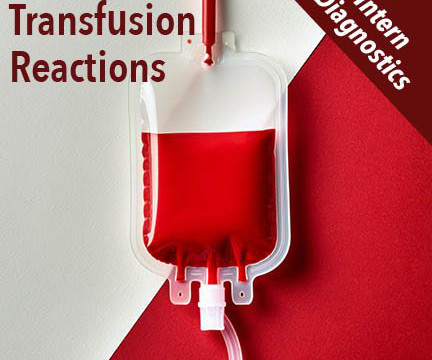Vasopressor Nonresponse
Northwestern EM Blog
JANUARY 24, 2022
Acidosis Acidosis in shock states can present from multiple different sources, including sepsis, hypoxemia, ingestions, hyperlactatemia from hypoperfusion, amongst others. Anaphylaxis Anaphylaxis may present as hypotension alone. Hypothyroidism and Adrenal Insufficiency in Sepsis and Hemorrhagic Shock. 2008;14:379-83.












Let's personalize your content